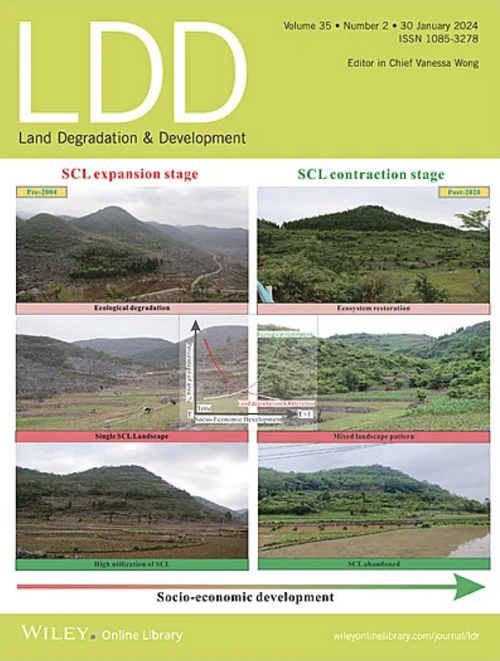A Quantitative Comparison of Conventional and Conservation Tillage of Diverse Agro-Ecologies
IF 3.6
2区 农林科学
Q2 ENVIRONMENTAL SCIENCES
引用次数: 0
Abstract
A detailed insight on global yield change of crops, soil quality parameters, and water-nutrient-energy nexus and biotic factors under conservation tillage (CT) in comparison to conventional tillage (CONT) is limited. We summarized the impacts of CT on yields, profitability, soil quality, and ecosystem sustainability in comparison to CONT. Globally, average yields of crops increased by 3.7% (p < 0.05) with adoption of CT (> 3 years) compared to CONT. The CT has led to a significant improvement in crop productivity in North America (+6.2%) and Australia/Oceania (+21.4%) over CONT. Similarly, positive changes in yields with CT, although nonsignificant, were noted in Asia, South America, Europe, and Africa. The CT significantly increased the yields (+4.0%) of cereal crops. Among the crops, yield increase under CT was the highest for sorghum (110.1%) and lowest for soybean (1.3%). Adoption of CT for > 10 years (11–20 years) could increase yields of crops up to 6%–18%. Notably, CT resulted in improved soil aggregation with greater proportion of macroaggregates (+40%), soil organic carbon (+19.1%), and microbial biomass carbon (+44%) across diverse ecologies over CONT. Despite higher emissions of nitrous oxide, the net global warming potential was consistently lower in CT-based systems than CONT. The CT could result in 25% increase in mean grain yield of crops with 22% higher net returns and 27% energy saving across regions than CONT. The CA can reduce soil bulk density (by 6.2%), increase aggregate stability (by 30%), and enhance infiltration rate (by 53%) as compared with CONT over a large agro-ecologies.求助全文
约1分钟内获得全文
求助全文
来源期刊

Land Degradation & Development
农林科学-环境科学
CiteScore
7.70
自引率
8.50%
发文量
379
审稿时长
5.5 months
期刊介绍:
Land Degradation & Development is an international journal which seeks to promote rational study of the recognition, monitoring, control and rehabilitation of degradation in terrestrial environments. The journal focuses on:
- what land degradation is;
- what causes land degradation;
- the impacts of land degradation
- the scale of land degradation;
- the history, current status or future trends of land degradation;
- avoidance, mitigation and control of land degradation;
- remedial actions to rehabilitate or restore degraded land;
- sustainable land management.
 求助内容:
求助内容: 应助结果提醒方式:
应助结果提醒方式:


